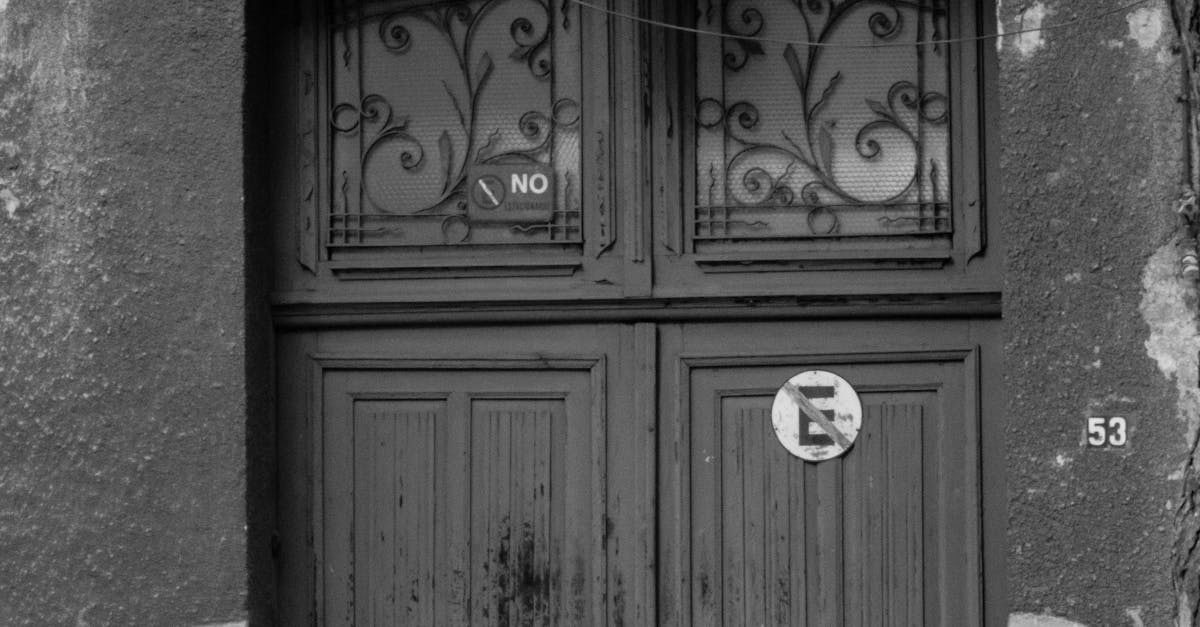
ese checks periodically to identify any issues early on and prevent them from escalating. By addressing leaks and damages promptly, you can ensure that your cool roof continues to provide optimal performance and energy efficiency.
During inspections, pay close attention to areas where water pooling or debris accumulation may occur, as these can indicate potential weak points in the roof's structure. Additionally, examine the roof for any signs of wear and tear, such as cracks, gaps, or missing roofing materials. By proactively monitoring the condition of your cool roof, you can extend its lifespan and maximise its benefits in terms of reduced energy consumption and improved indoor comfort.
Regular checks for ensuring the roof's integrity
Regular checks are crucial for ensuring that a cool roof retains its integrity and efficiency over time. Inspecting the roof on a regular basis allows for the early detection of any signs of damage, wear, or leakage. By identifying and addressing issues promptly, the overall lifespan of the cool roof can be prolonged, saving both time and money in the long run.Maintenance Tips for Wood Shakes Roof Replacement
During inspections, it is important to pay close attention to any areas that may be prone to damage, such as seams, edges, and penetrations. These vulnerable areas are more susceptible to wear and tear, making them potential sources of leaks or degradation. By systematically examining these critical points and conducting routine maintenance as needed, the cool roof can continue to provide optimal performance and energy efficiency.
Benefits of Cool Roof Installation
When considering installing a cool roof, it is crucial to understand the numerous benefits that come with this decision. One of the primary advantages of having a cool roof is the significant reduction in energy costs. Cool roofs have the ability to reflect sunlight and absorb less heat, resulting in lower indoor temperatures and decreasing the need for extensive air conditioning usage. This, in turn, leads to cost savings on electricity bills while also reducing the overall carbon footprint of the building.2024-07-03
Moreover, cool roofs contribute to improving the overall thermal comfort of the building's occupants. By maintaining lower roof temperatures, cool roofs assist in creating a more comfortable indoor environment, particularly during hot summer months. This not only enhances the well-being of individuals inside the building but also boosts productivity levels and overall satisfaction. Overall, the installation of a cool roof can bring about long-term financial savings while promoting environmental sustainability and enhancing occupant comfort.
Understanding the advantages of having a cool roofTable Of Contents
Cool roofs offer a range of benefits that make them a popular choice for many homeowners. By reflecting a significant portion of sunlight away from the roof, cool roofs can help reduce indoor temperatures, leading to a more comfortable living environment and potentially lowering energy costs. This reflective property also assists in decreasing the heat island effect in urban areas, contributing to a more sustainable and environmentally friendly community.Protecting the Wood Shakes from Moisture Damage
Moreover, cool roofs can extend the lifespan of the roof itself by reducing the roof's exposure to high temperatures and harmful UV rays. By lowering the roof's surface temperature, cool roofs can help prevent premature deterioration and damage, resulting in fewer repairs and replacements over time. Additionally, the reduced energy demand associated with cool roofs can help lower greenhouse gas emissions and lessen the overall environmental impact of a building.
FAQSApplying WeatherResistant Finishes
What is a cool roof?Extending the Lifespan of Wood Shakes Roof
A cool roof is designed to reflect more sunlight and absorb less heat than a standard roof, helping to reduce energy costs and keep buildings cooler.
How is a cool roof installed?Implementing Preventative Maintenance Measures
Cool roofs can be installed by applying special reflective coatings or selecting roofing materials that have high solar reflectance and thermal emittance properties.Monitoring for Signs of Pest Infestation
Are cool roofs suitable for all types of buildings?
Cool roofs are suitable for most types of buildings, including residential, commercial, and industrial structures.Taking Immediate Action Against WoodDamaging Insects
How often should a cool roof be inspected for leakages and damage?FAQS
It is recommended to inspect a cool roof for leakages and damage at least twice a year to ensure its integrity and longevity.
What are the benefits of installing a cool roof?How can I protect wood shakes from moisture damage?
The benefits of installing a cool roof include reduced energy costs, improved indoor comfort, extended roof lifespan, and environmental sustainability.
What are weather-resistant finishes and how do they help wood shakes?Related Links
Cool Roofs: A Sustainable Solution for Climate Change MitigationHow can I extend the lifespan of my wood shakes roof?Benefits of Cool Roofs in Reducing Urban Heat Island Effect
Cool Roof Design Considerations for Residential BuildingsWhat preventative maintenance measures should I implement for my wood shakes roof?
Understanding the Insulation Properties of Cool Roofs
Impact of Cool Roofs on Indoor Comfort and Air QualityHow can I identify and deal with pest infestations in my wood shakes roof?
Protecting the Wood Shakes from Moisture Damage
In addition to regular inspections, it's essential to keep the roof clean. Remove debris such as leaves, branches, and dirt that can accumulate on the roof surface. Clogged gutters can lead to water pooling on the roof, causing moisture damage to the wood shakes. By keeping the roof clean and free of debris, you can help prolong the lifespan of the wood shakes and maintain the overall integrity of the roof.